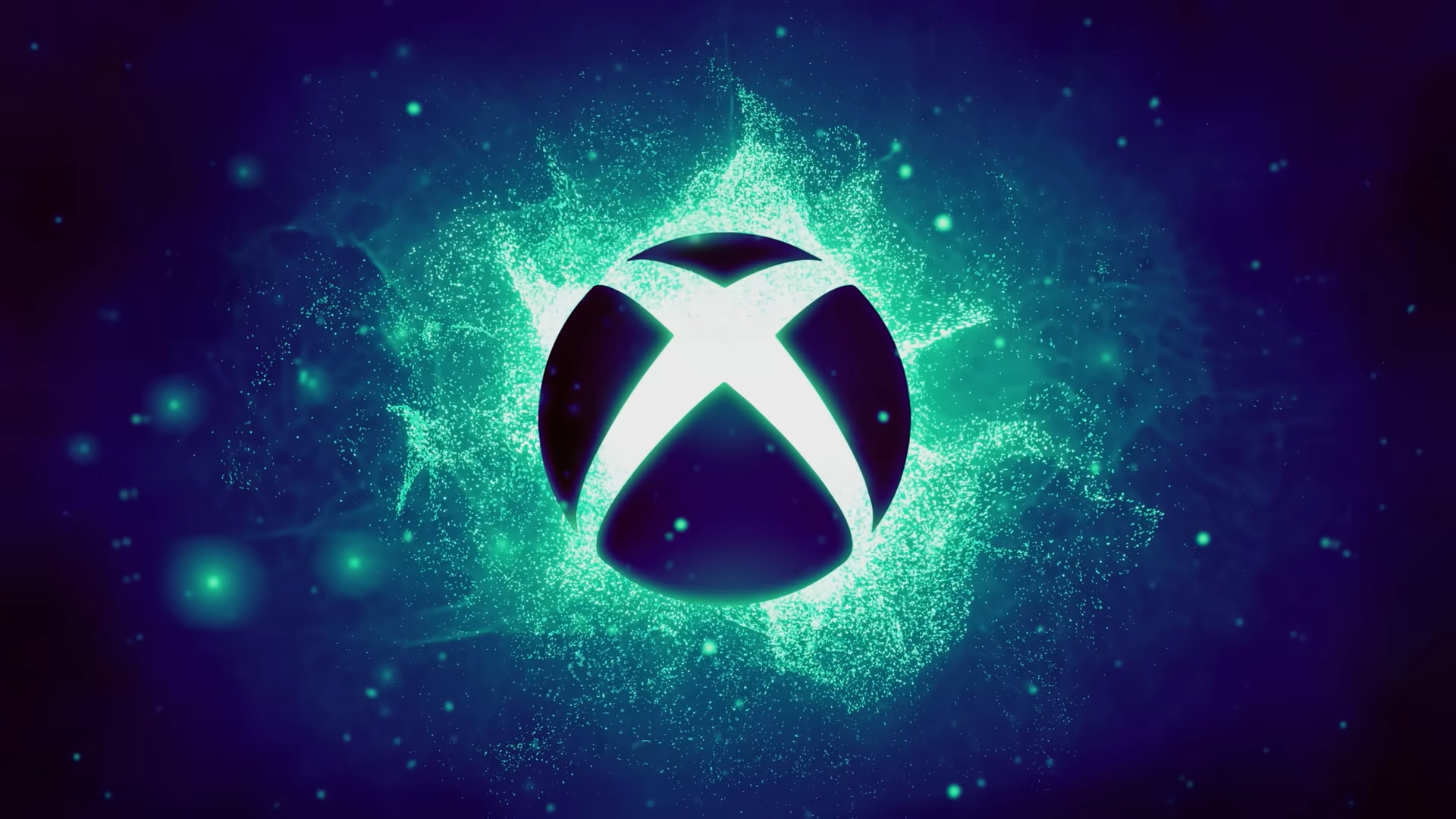According to Microsoft’s Phil Spencer, the highly anticipated Xbox handheld is “several years out” and only exists in prototype form, so what should we make of last week’s news that , we may see a handheld later on this year? Leaks are suggesting that Microsoft has put together some kind of OEM device proposition, with Asus lined up to produce the first ‘Project Kennan’ handheld. In my opinion, expectations from this device should be tempered and we should think of it more as one further step down the road that’ll see Xbox merge in some way with Windows – a significant undertaking, but a crucial one that needs to be proved out and battle-hardened before next generation hardware arrives in the next few years.
So, looking towards the device expected in the near-future, what should we hope for? For me, the question is this: has Microsoft created its own bespoke OEM handheld design that the likes of Asus, Dell and Lenovo can license? Or is the Xbox connection software only – a work-in-progress Windows OS variant that puts the Xbox Store front and centre, with the only hardware flourishes consisting of an Xbox guide button and other design cues?
The former is potentially more exciting: it would represent a baseline design for a handheld that we should expect to be capable enough of seeing out the current console generation. There may even be some potential for a custom processor, just as Valve uses for Steam Deck, but hopefully more powerful. As impressive as the Deck is, there can be challenges in running the most demanding triple-A titles on it – especially when the PC port itself may be of a poor quality. Unverified leaks suggesting a $500 price-point may suggest a lower-end Z2 processor. The Z2 Go is the best fit here, with hardware underpinnings similar to the Ryzen 7 6800U, which we looked at two years ago. I’d describe this as ‘OK’ but would hope for something better – the existing Z1 Extreme in the ROG Ally is a class apart, while I’d expect even more from a tailor-made custom chip.
00:00:00 Introduction00:00:38 News 1: Xbox-branded Windows handheld reportedly in development00:19:36 News 2: Death Stranding 2 gets release date, new trailer00:30:23 News 3: 9950X3D launches with impressive performance00:46:43 News 4: Elder Scrolls Oblivion remake rumoured00:55:51 News 5: AI Aloy prototype debuts in leaked footage01:09:19 Supporter Q1: Have we underestimated PS5 Pro’s ML performance?01:19:31 Supporter Q2: Is Nvidia betting on a big gaming performance increase for the 60 series?01:26:47 Supporter Q3: Could the PS4 survive indefinitely as a platform?01:31:30 Supporter Q4: How should we understand generational leaps for PC gaming?01:36:10 Supporter Q5: Will the Series X become a sought-after retro console?01:40:55 Supporter Q6: Could you produce videos showing carefully tailored experiences for certain graphics cards?01:46:56 Supporter Q7: Is Nvidia’s focus on proprietary tech helping or hurting PC gaming?
Perhaps more likely though is an off-the-shelf AMD design with proprietary Xbox stuff coming from software and design language only. And at this point, probably more important than the specific hardware is getting the user experience right on PC: Microsoft needs a fully featured interface that’s competitive with SteamOS that removes all of the pain points PC users face: games from all stores need to be integrated into one seamless interface, while at the same time putting the Xbox Store front and centre. Windows updates and driver updates need to be handled for the user with no fuss and without leaving the new UI. On top of that, some kind of alternative to Linux/SteamOS’s Gamescope is required for accessing PC-style features from a console-like interface.
